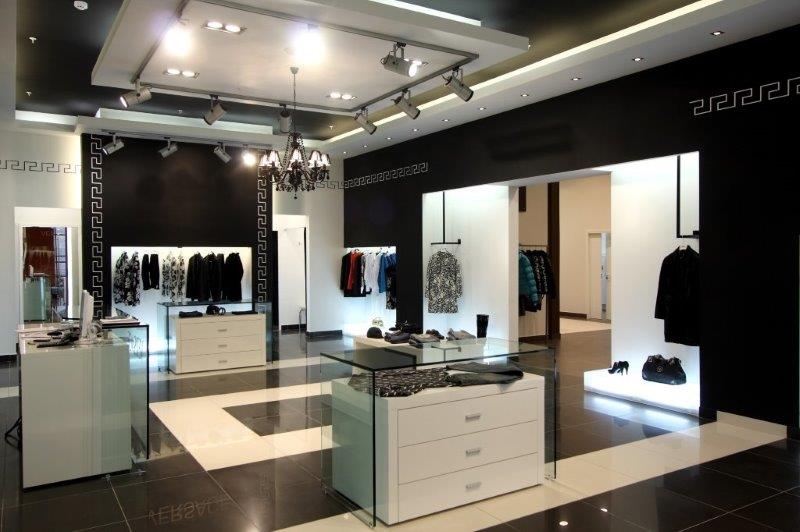Benefits of LED Lights
LED lighting products are rapidly growing in popularity as an alternative to other energy efficient lighting due to a few reasons. These include:
- 50,000 hours of use
- Low power consumption
- Lower heat generation than halogen, incandescent and discharge lamps
- Low maintenance and lamp replacement
At LED ECO Lighting, we offer only the highest of quality LED lights, maintained by strict controls to Australian Standards. Our research and development allows us to continue to provide our Australian market with the latest technology and range—alongside providing custom made fittings and lighting solutions to suit our customers.
Our constant growth, extensive product knowledge, wide range of LED lights and products, after sales service and warranties ensures your LED ECO lighting experience is to your utmost satisfaction. To find out more about energy efficient lighting and the difference it can make in your home, contact LED ECO Lighting today!
- They have a high light output
- They have a low power consumption
- They have an extensive lifespan
- They are extremely resistant to vibration
- They contain no harmful products
LED Lamp life is generally expressed in hours. It’s light diminishes to 70% of its original output, whereas Incandescent lamps are rated at the average life before failure.
How they work
LED lights were made with a key function to expel the dangerous heat output of a traditional globe. For this reason, LED lights are complex and adapted for heat dissipation. The wavelength of the light emitted and colour, depends on the band gap energy of the materials forming what is known as the ‘p-n junction’.
The surface from the package is a low reflective index medium, comparable to a glass fibre or air total. Internal reflection is avoided by using a sphere shaped package, with the diode in the centre. This is utilised so the rays hit the surface quite perpendicular and anti-reflection coating may be added. The color of the packaging doesn’t substantially affect the colour of the light emitted.
Ultraviolet & blue LED Lights
With blue LED lights, wide band gap semiconductors are added to existing red and green LEDs to produce the impression of white light. Ultraviolet LEDs are becoming available on the market, in a range of wavelengths. The shorter the wavelength, the more expensive the item, so keep that in mind when purchasing an ultraviolet light.
White LED lights
Blue LED lights can be added to the existing red and green LEDs to produce the impression of white light. Yellow light stimulates the red and green receptors of the eye; the resulting mix of blue and yellow light gives the appearance of white.
While the old method of producing white light LEDs focused on varying the thickness in the phosphor, today’s way is based on homoepitaxially grown zinc selenide, which emits blue light from its active region and yellow light from the substrate.
Organic light-emitting diodes
If the emitting layer material of an LED light is an organic compound, it is referred to as an organic light emitting diode. The emitting material can be a small organic molecule in a crystalline phase, or a polymer – which are very flexible. The possibility of these LED lights being used as inexpensive displays, wall decorations and for luminous cloth is very likely. They are much more suitable to illuminations as opposed to visual electronic use due to their shorter life expectancy.
Operational parameters & efficiency
The typical LED light is designed to operate with no more than 30-60 milliwatts of electrical power. LED lights are capable of continuous use at one watt, yet they can handle large power outputs. This is one of the key advantages of LED lighting – its high efficiency! Standard incandescent lighting systems soon became a thing of the past once white LED lights were in full speed. They are over four times more efficient than you standard globe.
Today, LED lights operate at substantially lower efficiency than inorganic (crystalline) LED lights. The best efficiency of an LED light is about 10% of the theoretical maximum of 683 so about 68 lm/watt. They are much cheaper to fabricate than inorganic LEDs and large arrays of them can be deposited on a screen using simple printing methods to create a colour graphic display.
Failure modes
While early red LEDs were notable for their short lifetime, the LED lights of today will outlive any globe. One of the most common ways for LED lights to fail is the gradual lowering of light output and loss of efficiency. The mechanism of degradation of the active region involves nucleation and growth of dislocations; this requires a presence of an existing defect in the crystal and is accelerated by heat, high current density and emitted light.
White LED lights often use one or more phosphers. The phosphers tend to degrade with heat and age, losing efficiency and causing changes in the produced light colour. High electrical currents at elevated temperatures, materials subject to electromigration, mechanical stress, corrosive environments and overheating are some of the causes for a model to fail.

